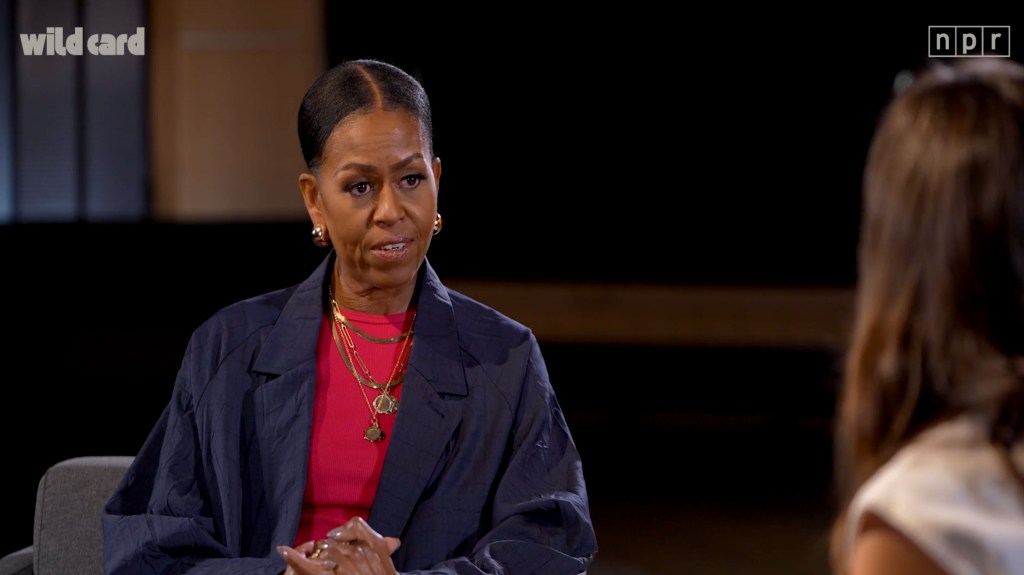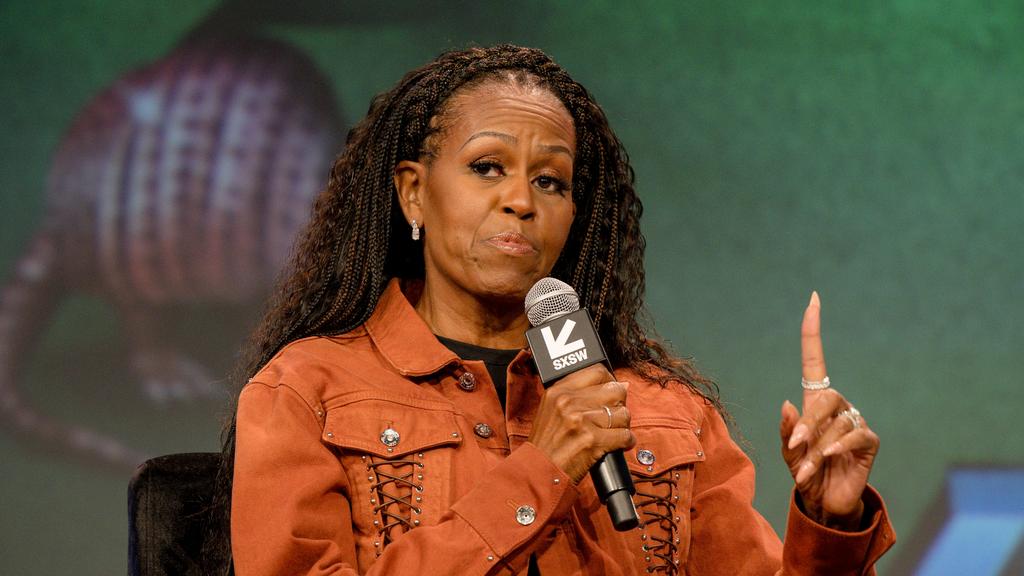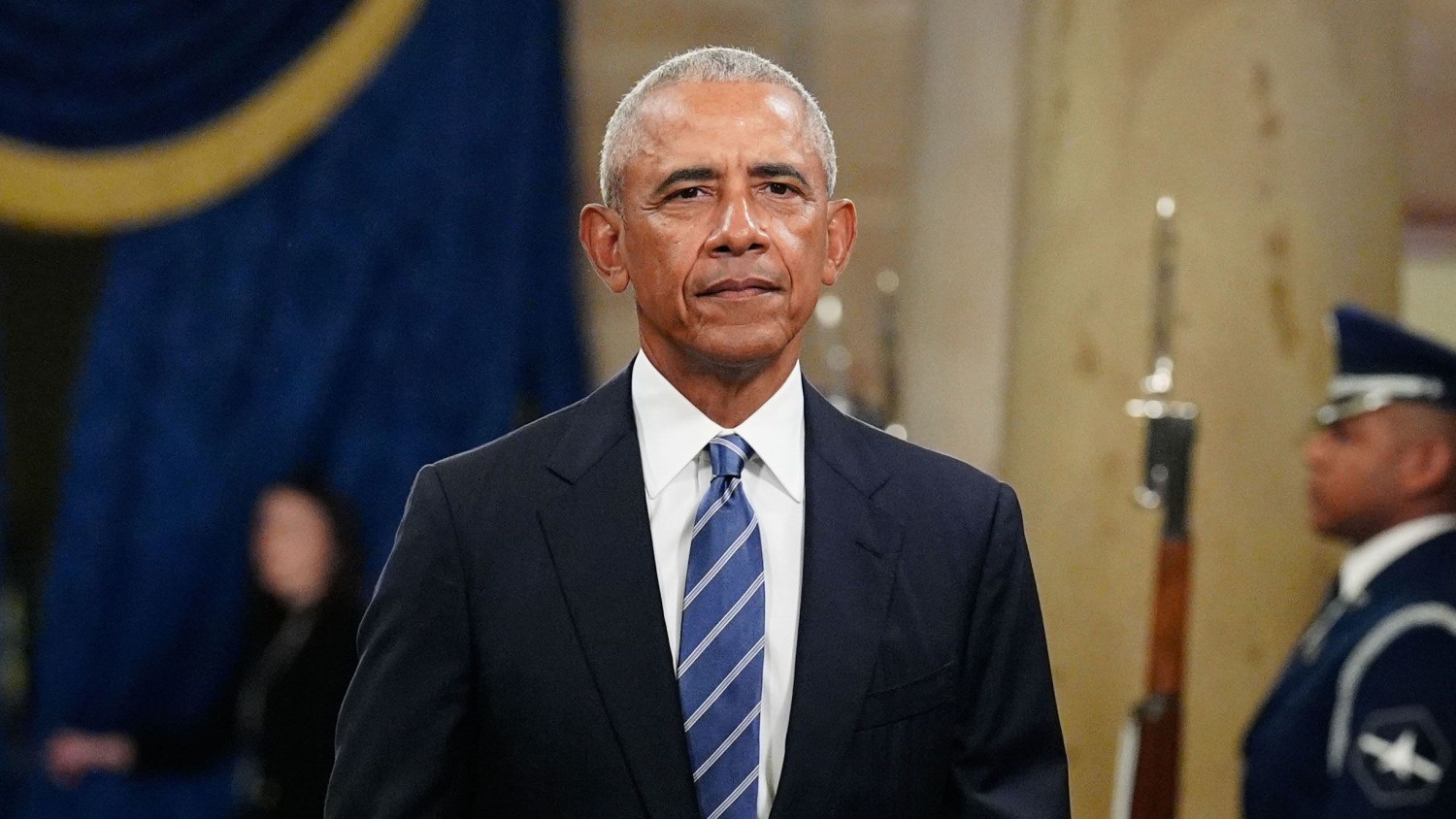
This article is more than
9 year oldThe number tainting Barack Obama’s legacy: Drone strike casualties
It was April 23, 2015, when the US President approached the podium in the White House briefing room to deliver bad news.
“This morning, I want to express our grief and condolences to the families of two hostages,” he said.
“One American, Dr Warren Weinstein, and an Italian, Giovanni Lo Porto, who were tragically killed in a US counter-terrorism operation.”
The pair were killed three months earlier in a drone strike in Pakistan targeting al-Qaeda operatives. It was a rare admission of guilt over a drone program that has killed many more.
According to research by the London-based Bureau of Investigative Journalism, more than 7000 people have been killed during Mr Obama’s tenure by people controlling drones inside rooms far from any war zone.

Of those, the bureau suggests almost 900 have been civilians, including as many as 110 children.
Estimates differ depending on who you ask, but Jennifer Hunt from the US Studies Centre says the Obama years have resulted in thousands of casualties.
“These numbers are very difficult to pin down. Overall the numbers are higher than the public would realise,” Dr Hunt, a lecturer at the National Security College at ANU, told news.com.au.
“The average from different observers would be around 500 strikes, around 4000 casualties, including around 500 civilians. The problem is that we don’t know how the government categorises combatants and non-combatants.”
Scarier than present figures is the prospect of a spike when President-elect Donald Trump gets his hands on the trigger.
Dr Hunt says when the program was started, nobody saw it under the control of the billionaire businessman-turned-politician.

“The President-elect will inherit a vast and powerful drone program that is lacking in transparency. It was never envisioned that this would fall into the hands of an amateur. This is the first US president without any professional military, political or diplomatic experience.”
She said it is “anyone’s guess” whether drone strikes increase in the coming years, but Mr Trump’s rhetoric suggests he will shake things up.
“Donald Trump considers himself the law and order candidate, which is a key theme for his support base,” Dr Hunt said.
“I think given he was elected under a ‘law and order banner’, as well as the lack of transparency around these programs in general, it is entirely possible that we’ll see (strikes) not only continued but be expanded.”
She said she was concerned that during campaigning Mr Trump questioned the wisdom of military commanders, and insinuated they could be removed for his own advising team.
On tackling terrorism abroad, Mr Trump said during a December 2015 interview that he would “bomb the hell out of ISIS”. He said fighters’ families would be an afterthought.
“When you get these terrorists, you have to take out their families,” Mr Trump told Fox News.

“They care about their lives, don’t kid yourself. When they say they don’t care about their lives, you have to take out their families.”
Drones, of course, have their benefits. Dr Hunt says they come with a “moral hazard” attached but, for a serving president, they are an invaluable asset.
“Drone strikes cost less in blood and treasure, meaning any calculation that leaders do on national security fronts are balanced against costs and how many troops are needed.”
In 2011, a drone strike led to the capture and eventual killing of Libyan dictator Muammar Gaddafi.
The majority of air strikes took place in Pakistan, with Yemen and Somalia second and third. Exact numbers are impossible to come by. It’s partly because of the way casualties are classified, but it’s partly because of a lack of Defence Department transparency.
“Of course, we don’t expect full transparency around covert actions,” Dr Hunt said.
“If we had an experienced Commander-in-Chief we could rely more on their judgment.”
A new war could be fought by soldiers who never set foot on the battlefield. It has its critics, including Dr Hunt, but it’s a reality the majority of Americans support.
So too do both major parties.




